
PLA
AFFORDABLE AND VERSATILE PROTOTYPING






AVAILABLE COLORS
BigRep’s PLA is a well-rounded filament ideal for large-format rapid prototyping for consistent results at an affordable price. Optimized for the specific challenges of large-format 3D printing, BigRep PLA surpasses lower-cost competitors that offer PLA filament formulated for desktop printers.
With low moisture absorption and minimal shrinkage, parts printed with BigRep PLA
demonstrate minimal warping and reliable results. It is easy to print and perfect for design iterations in the prototyping phase of nearly any application.
BigRep PLA is a biopolymer with reduced environmental impact, especially compared to filaments derived from fossil fuels. Natural-colored PLA is FDA compliant for food safety and meets all requirements of EU Directives on food contact.
MADE FOR

Most Affordable for
Cost Savings

Low Moisture
Absorption

Easy to Print for
Wide Range of Uses

Minimal Shrinkage
for Part Accuracy

Reduced
Environmental Impact
What is PLA 3D Printing Filament?
PLA (polylactic acid) is a thermoplastic material that has been one of the most popular filaments since the early days of 3D printing. There are a number of reasons for its ongoing popularity. For one, the material is derived from renewable plant-based resources, giving it an environmental edge compared to petroleum-based thermoplastics like ABS. Second, PLA is an easy-going material that prints well at lower temperatures and high speeds. Third, PLA is available in a range of colors and is typically the cheapest filament to buy.
On top of all that, BigRep PLA offers users an appealing combination of strength and stiffness, while being straightforward to print. It’s also worth noting that BigRep’s filament has been tailored for the company’s large-format 3D printers, so that even at big scales, the filament is resistant against warping and shrinking. Natural-colored PLA is also compliant with FDA and EU requirements for food contact.
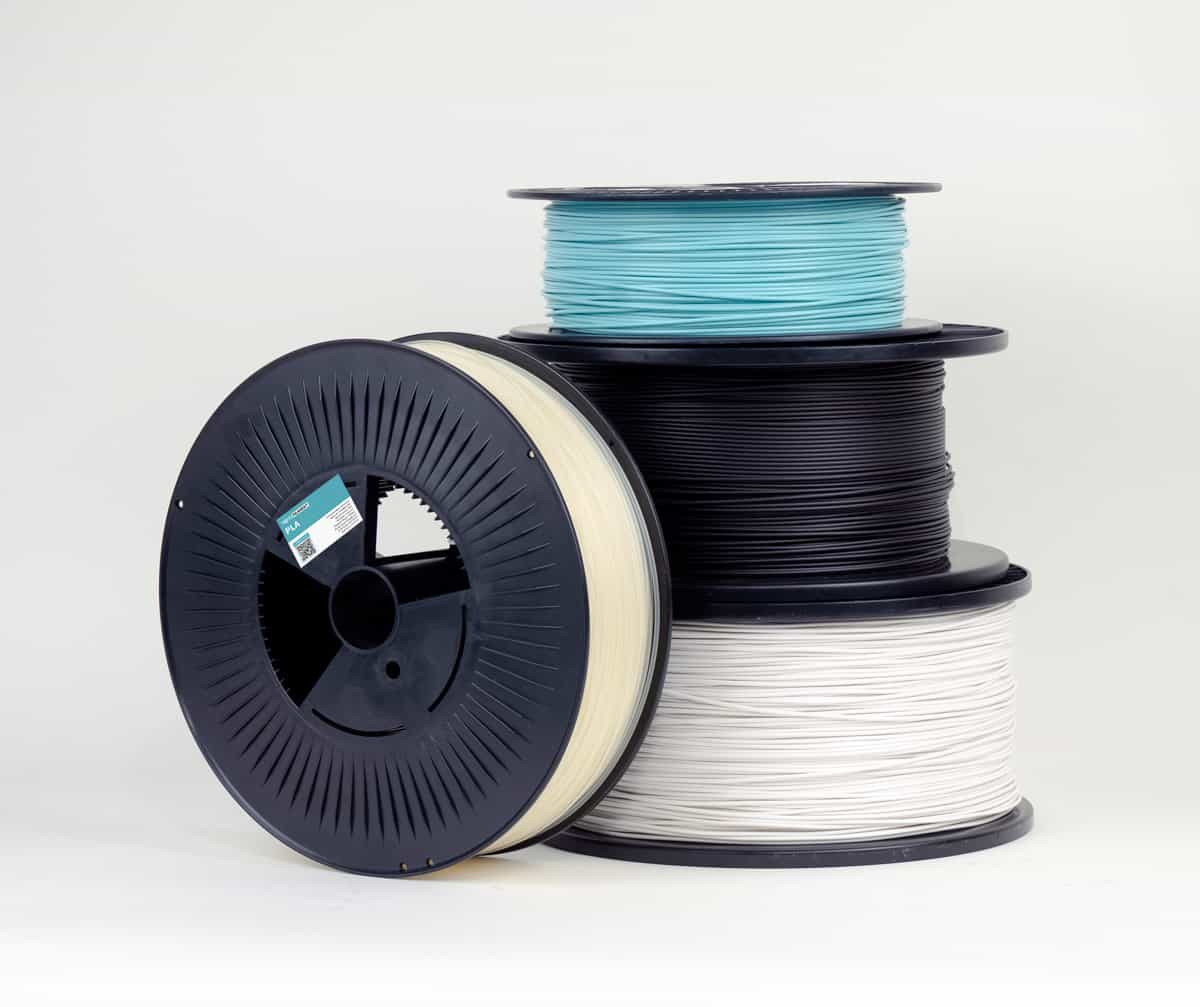
Why Use BigRep PLA Filament?
PLA filament is often described as a good option for 3D printing beginners. And while this remains true thanks to the material’s excellent printability, the statement doesn’t really reflect the material’s full potential, particularly when we’re talking about BigRep’s optimized PLA filament.
BigRep PLA is a versatile material that has successfully been used for rapid prototyping, visual models, and end-use parts. The low cost of the material; as well as the generally high quality of prints, have made PLA a go-to for prototyping large components, enabling product designers and engineers to iterate and verify designs quickly and affordably.
In terms of end-use parts, BigRep PLA has been used for a range of creative and innovative design projects, like architectural models, 3D signage, marketing installations, and even furniture. The easy-to-print material is also viable for certain industrial applications, demonstrating good strength and stiffness.

PROTOTYPES
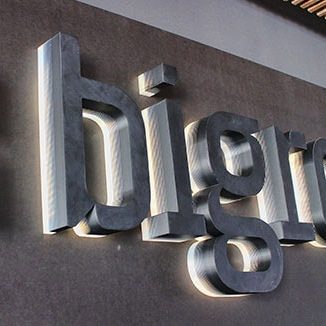
PRINTED SIGNAGE
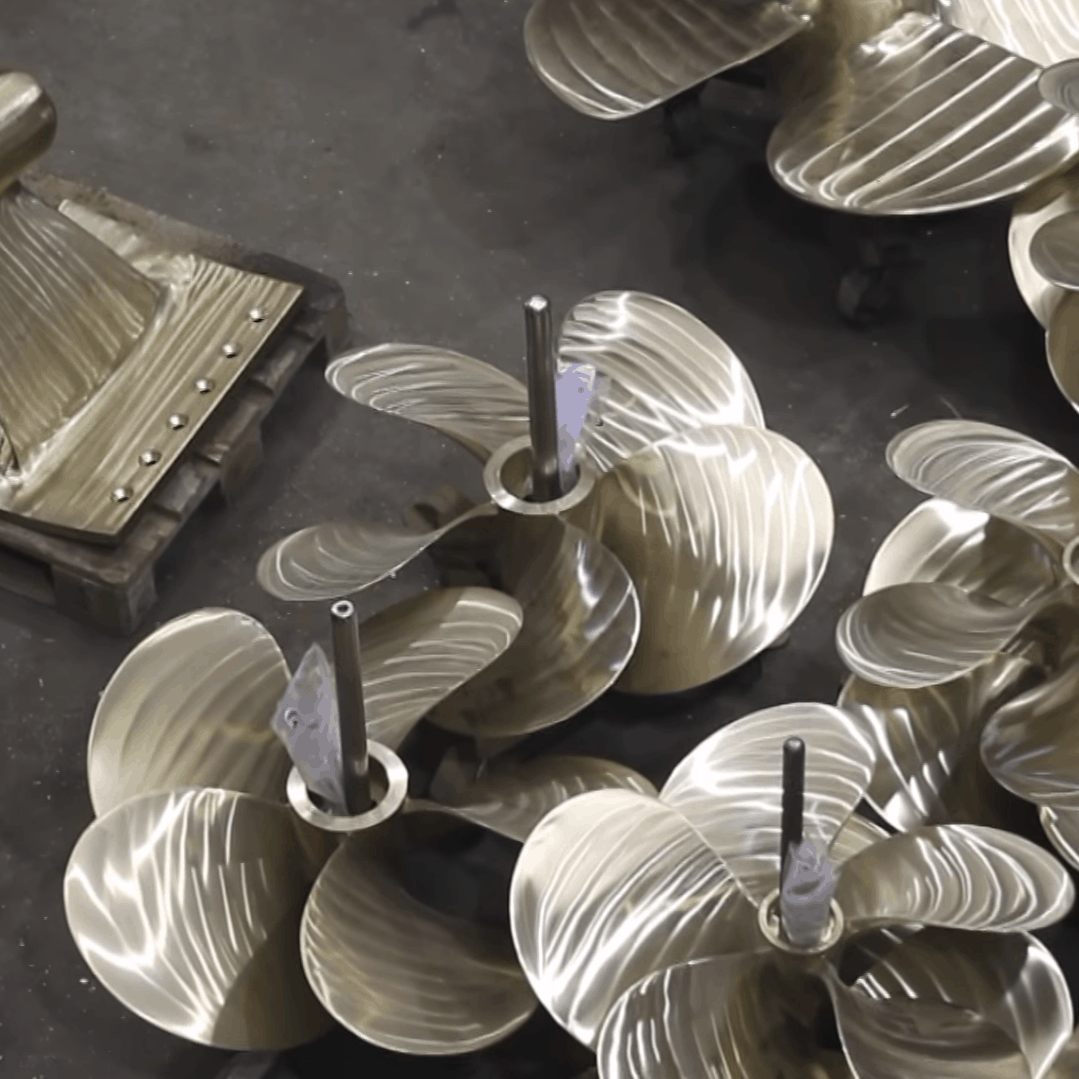
SAND CASTING PATTERNS
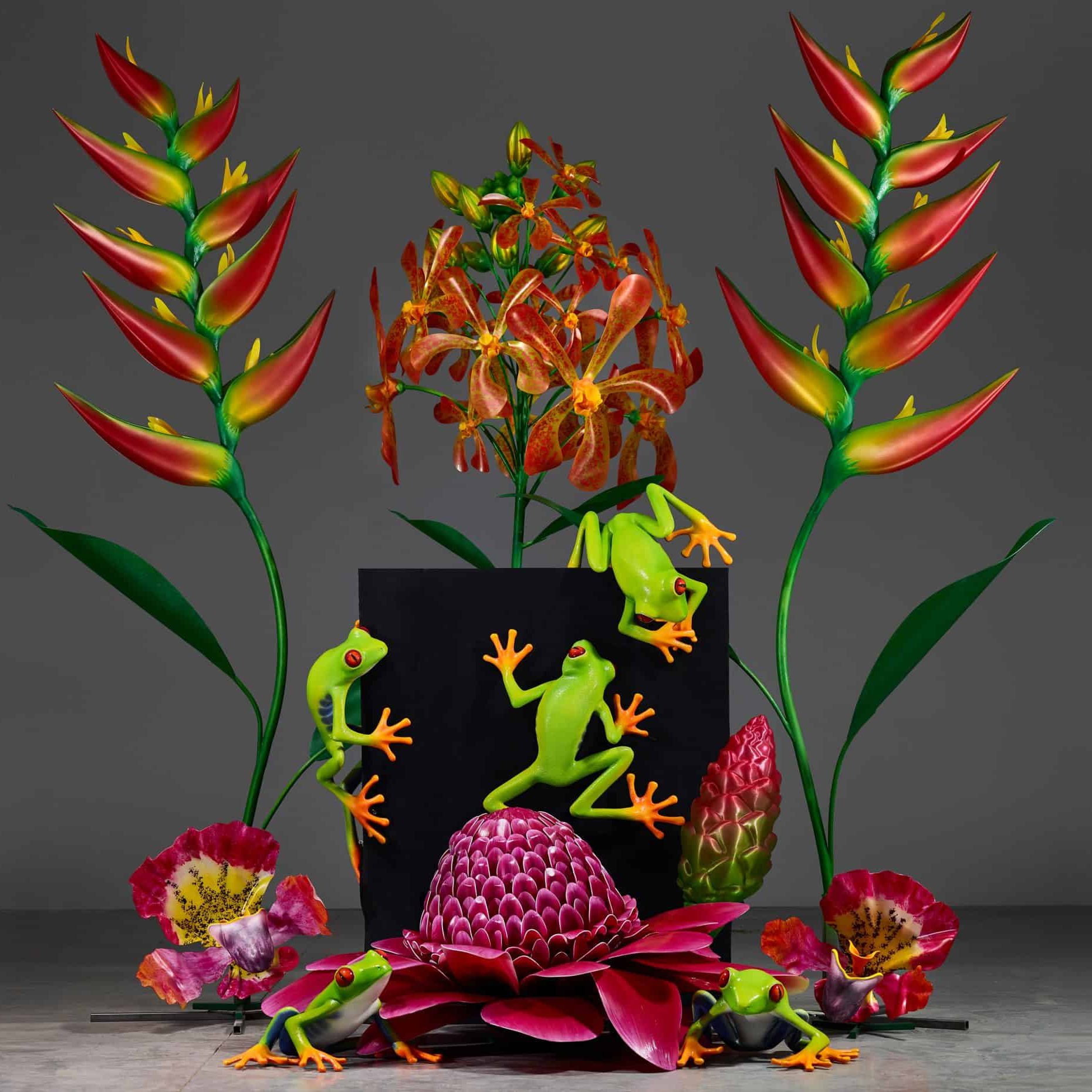
CREATIVE EXHIBITIONS
Benefits of 3D Printing BigRep PLA
BigRep PLA comes with many advantages. The filament is among the most low maintenance, offering minimal warping, good bed adhesion, and low moisture absorption. Unlike more heavy-duty filaments, PLA does not require any special hardware to 3D print, working well with standard nozzles and low temperature settings. Moreover, because the material does not easily warp, the filament can be used in an open printing environment, not requiring a cooling system or enclosed build space.
Another of PLA’s big benefits comes from the fact that the thermoplastic has a smaller environmental impact than most other filaments. As we saw, PLA is a bioplastic made from renewable plant-based sources like corn and sugarcane. When disposed of in the right environment, the material is also biodegradable:
Recommended print settings
- Nozzle temperature: 200 - 2§0 °C
- Print Bed Temperature: 50 - 70 °C
- Chamber Temperature: n/a
- Print Speed: 30-60 mm/s
PLA has an interesting combination of mechanical properties. In terms of strength and stiffness, PLA demonstrates a significantly higher tensile strength (60 MPa) and tensile modulus (3500 MPa) than ABS (30 MPa and 1400 MPa, respectively). However, this strength is mitigated by the material’s brittle nature: BigRep PLA has lower impact strength compared to ABS (2 kJ/m² vs. 35 kJ/m³).
With a glass transition temperature of 60°C and a melting temperature around 160°C, PLA is one of the least thermally resistant filaments in BigRep’s portfolio. The material has a maximum heat deflection temperature of 60°C, lower than both ABS (91 °C) and PETG (70°C). The upside to its lower melting point is that it can be processed easily at lower temperatures.
PLA is not generally considered to have strong resistance to chemicals. Common chemicals like acetone, which is used to smooth layer lines on ABS 3D prints, can degrade PLA and compromise its strength. PLA is also not resistant to UV rays. That said, PLA does offer good water resistance.
What to Look Out for When 3D Printing BigRep PLA
While BigRep PLA doesn’t have many of the warnings that come with other filaments—like possible issues with bed adhesion and warping—there are certain things to take into consideration when using the filament. For instance, despite PLA’s high tensile strength, the material is brittle, resulting in parts with limited impact strength and durability.
PLA also has a low melting temperature and glass transition temperature compared to many filaments. This, combined with poor UV resistance, limit the filament’s viability for outdoor applications, since PLA will start to degrade and deform when left in the sun. For the same reasons, the material is also unsuited for high-temperature applications.
Best Practices for Storing and Handling BigRep PLA
As we’ve covered, BigRep PLA is a low-maintenance material when it comes to 3D printing, and the same is true for storage and handling. By following the proper storage recommendations, a spool of BigRep PLA can have a shelf life of 24 months.
PLA is slightly hygroscopic, so it should be stored in a dry environment, such as a dry box with desiccant or the BigRep SHIELD. When not in use, the material should be sealed and kept at an ambient temperature. If left in a humid room, PLA filament can be dried before printing at a low temperature (50°C) for between 4 to 6 hours. This will help to reduce the risk of stringing, which is a symptom of wet filament.
When 3D printing PLA, it’s normal to notice a smell from the melting plastic. While non-toxic, PLA should be printed in a ventilated room or facility. As with other filaments, if many 3D printers are in use, a local exhaust system should be installed. PLA is also considered flammable and should be kept away from ignition sources.
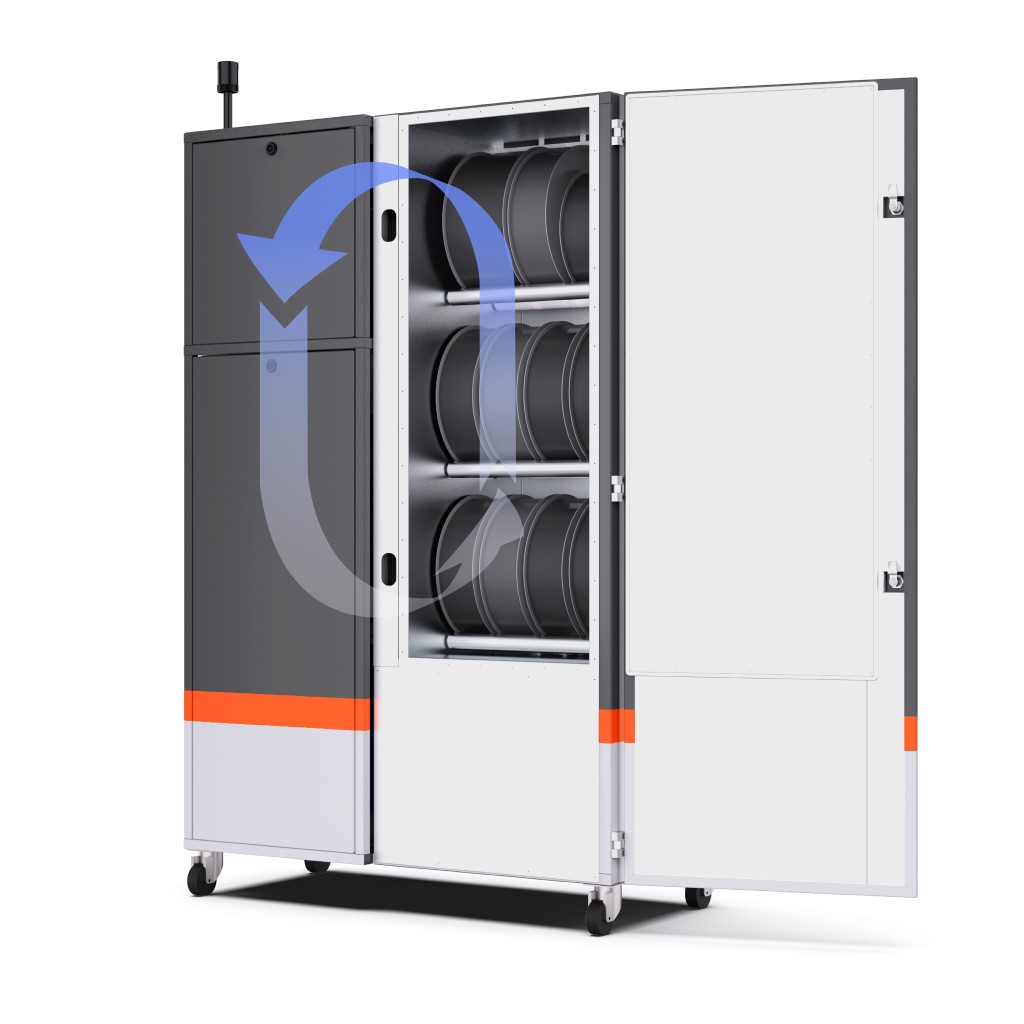
Use Cases: See How Customers Use BigRep PLA
Thanks to BigRep PLA’s excellent printability and affordable cost, the material is used for a wide array of applications, from rapid prototypes, to large-scale models for architecture, marketing, and furniture.
In one notable use case, BigRep PLA and the company’s large-scale printer technology were used to bring one of renowned architect Mies van der Rohe’s last designs to life. The project was a collaboration between BigRep and the Mies van der Rohe House in Aachen, Germany to celebrate the 130th anniversary of the architect’s birth.
The model in question was based on Mies van der Rohe’s last architectural design, which was never built. According to the architecture house, BigRep’s 3D printing and PLA material enabled them to realize the scaled-down model much faster and for a smaller cost compared to traditional model-making methods. BigRep PLA is also commonly used by architecture studios to produce realistic miniature models of future builds.
The wide color variety of BigRep PLA has also opened up exciting opportunities for next-gen furniture designers, who are leveraging the material’s strength and stiffness—as well as aesthetic quality—to make innovative pieces that break the design constraints of conventional furniture making processes.
Physical Properties:
| Material: | BioPolymer |
| Density (ISO 527): | 1.24 g/cm³ |
| Filament Diameter: | 2.85 mm |
| Color Availability: | Black, Grey, Natural, Orange, Purple, Red, White, Yellow |
| Available Spool Sizes: | 2.5, 4.0 and 8.0 kg |
Mechanical Properties:
| Tensile Strength (ISO 527): | 60 MPa |
| Tensile Modulus (ISO 527): | 3500 MPa |
| Elongation at Break (ISO 527): | 4% |
| Flexural Strength (ISO 178): | 80 MPa |
| Flexural Modulus (ISO 178): | 3800 MPa |
| Charpy Unnotched Impact Strength (ISO 179): | 7.5 kJ/m² |
| Charpy Notched Impact Strength (ISO 179): | 2 kJ/m² |
Thermal Properties:
| HDT B - 0.45 MPa (ISO 75): | 60°C |
| HDT A - 1.8 MPa (ISO 75): | 55°C |
| Glass Transition Temperature (Tg) (DSC): | 60°C |
| Melting Temperature (DSC): | 155 - 160°C |
Recommended printing conditions:
| Nozzle Temperature: | 200 - 230°C |
| Print Bed Temperature: | 50 - 70°C |
| Fan Speed | 75 - 100% |
| Surface Adhesion | Kapton, BigRep SWITCHPLATE |
| Support | Breakaway, BigRep BVOH |






